Invention, Intellectual Property, and Income
Dissemination plan
Before the class, I hadn't thought about a dissemination plan for my final project or a commercial strategy.
The idea of having a device that could measure the stress levels of the office workers started as a research-driven approach rather than a commercial one.
As I stated in my Final Project page, this device could expand its capabilities beyond the scope planned in FabAcademy, as this is only the exploration of an identified problem: Stress management in the office environment.
In that matter, I was already working on a paper about tangible interfaces and their potential use to measure stress in the workplace.
“Grasp Stress: A tangible user interface to monitor and relieve stress in the work environment using an HRV sensor and machine learning.”
Unfortunately, this came to a halt until the coronavirus measurements soften.
The device design, its working mechanism, its code, and all the information necessary to replicate one will be posted on the FabAcademy repository on GitHub, along with a dedicated page discussing the scope and limitations of the device, so any publication related to it could be linked.
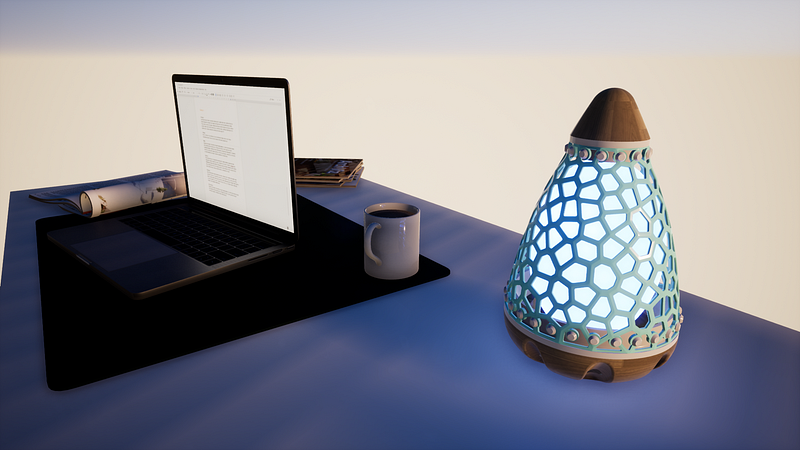
Licensing
As the files for the device would be freely available, it makes sense that the licensing should allow this. The Creative Commons Organization lets you pick a type of license with a simple checklist:
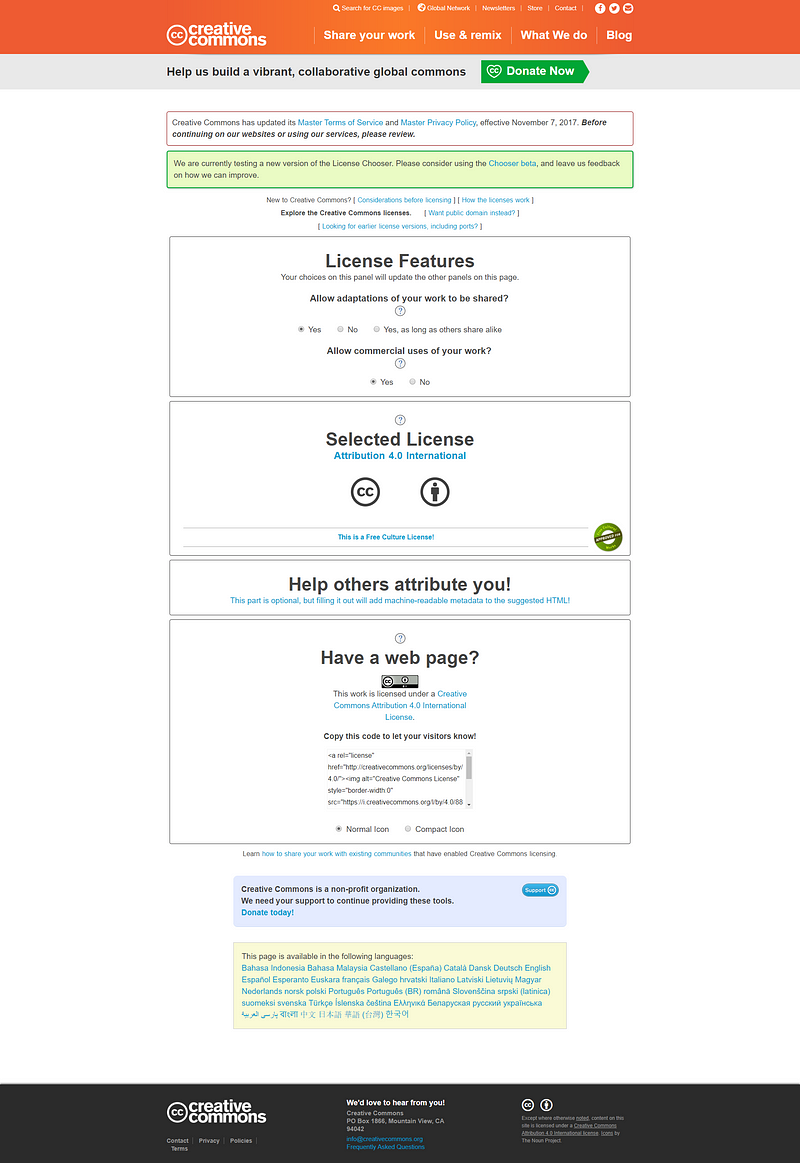
If you want to get more information on creating commons licensing options be sure to check this link.
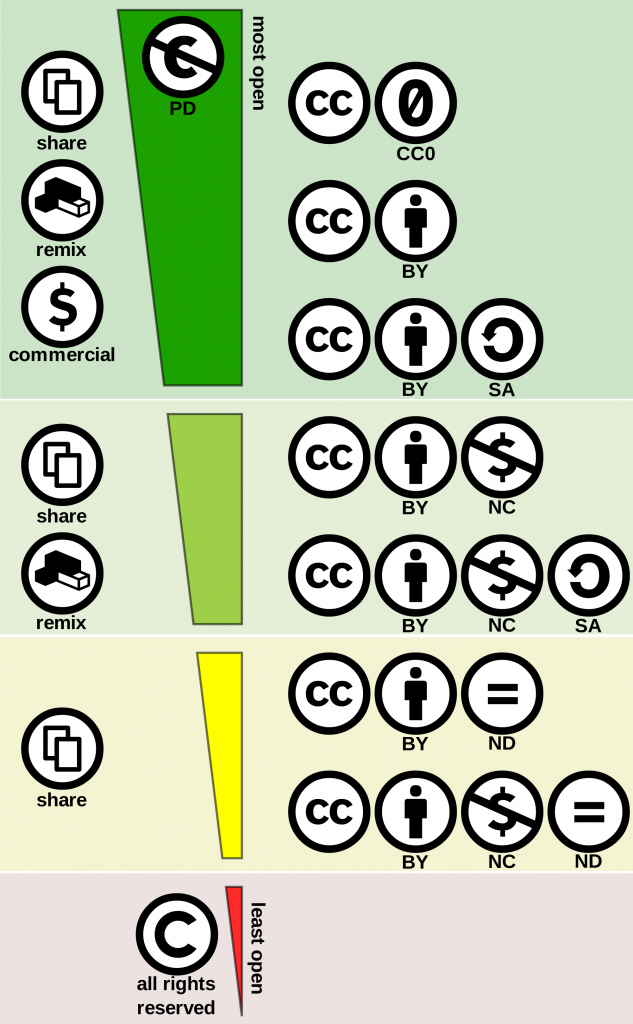
I choose a Creative Commons Attribution-ShareAlike 4.0 International License. The details of the license are: BY-SA can be modified, but credit must be given to the author. Additionally, it may not be used commercially and must be shared in the same manner.
This license is also labeled as “Approved for Free Cultural Works”, this means that there is:
- Freedom to use the work itself.
- Freedom to use the information in the work for any purpose.
- Freedom to share copies of the work for any purpose.
- Freedom to make and share remixes and other derivatives for any purpose.
As long as the credit is given to the original author, so I added some details to it: the name of my final project, my name as the author, and the URL for my FabAcademy site and the final project page.
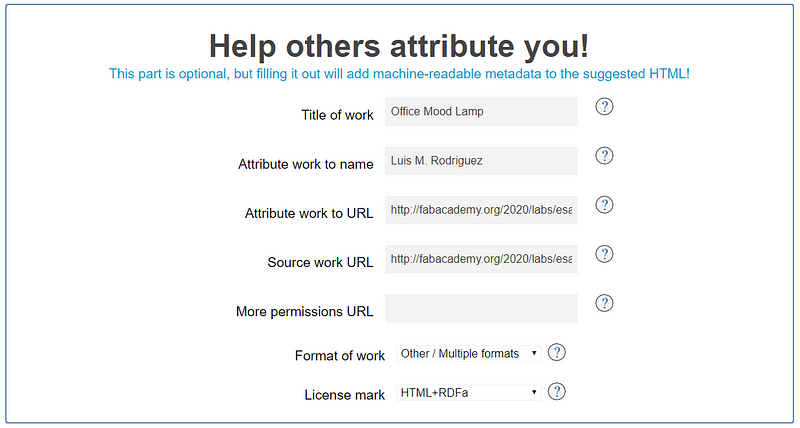
The final license looks like this:
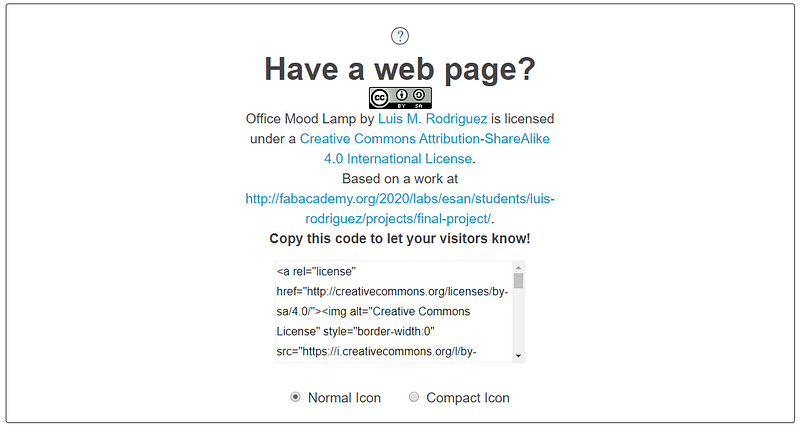
And this is the generated link:

Office Mood Lamp by Luis M. Rodriguez is licensed under a Creative Commons Attribution-ShareAlike 4.0 International License.
Based on a work at http://fabacademy.org/2020/labs/esan/students/luis-rodriguez/projects/final-project/
Income
After the class, I realized that there’s a possibility of making a business model out of my final project, but this will be not based on selling the device, but instead on generating a service around it.
The service will be to do provide a study on stress levels on companies or how to incorporate new technologies for human resource well-being as a novel approach.
This will begin by installing the devices in the office contracting company and monitoring the stress measurements of the employees (a group study) in a certain amount of time (like a couple of months). We’ll be working closely with the Human Resources office of the company on weekly insights about stress management success. This would end by doing a final report that could be shared with the employees.
Profit as an information service incorporating new technologies to manage stress and improve performance.
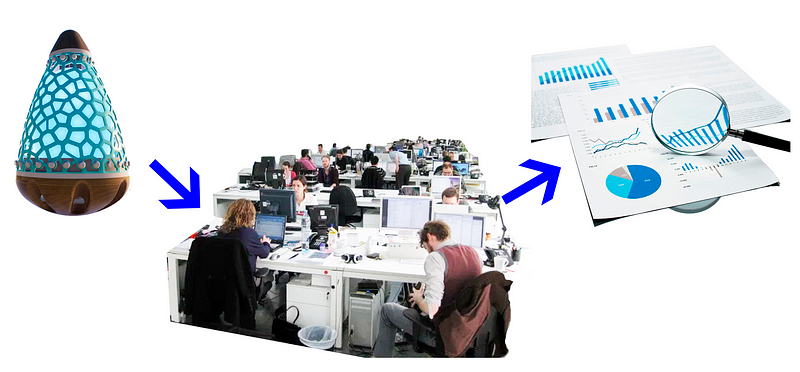
Summary slide! (draft)
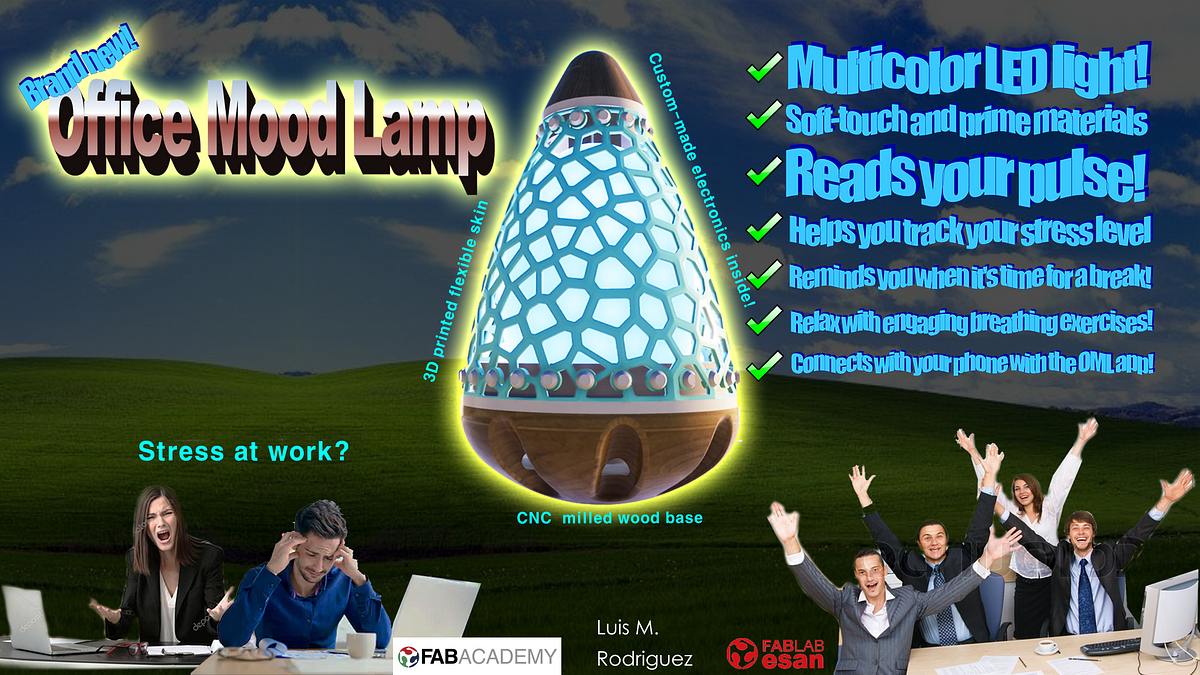
Features:
- Multicolor LED light!
- Soft-touch and prime materials
- Reads your pulse! (HRV sensor, no hassle!)
- Helps you track your stress level
- Reminds you when it’s time for a break! ;)
- Relax with engaging breathing exercises!
- Connects with your phone with the OML app!
Custom fonts made with Make WordArt